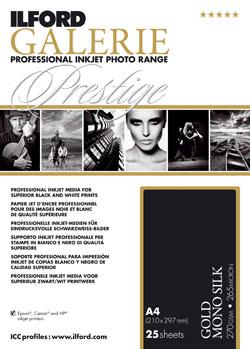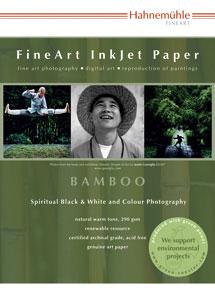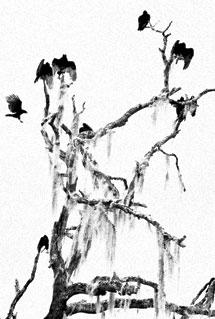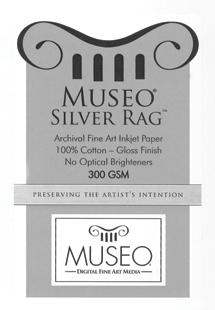Photo Paper Reviews
Sort By: Post DateTitle Publish Date
Compact Camera NewsCompact Camera ReviewsDSLR NewsDSLR ReviewsLens NewsLens ReviewsLighting NewsLighting ReviewsPhoto Accessory NewsPhoto Accessory ReviewsPhoto Bag NewsPhoto Bag ReviewsPhoto Paper NewsPhoto Paper ReviewsPOV Camera NewsPOV Camera ReviewsPrinter NewsPrinter ReviewsSmartphone NewsSmartphone ReviewsSoftware NewsSoftware ReviewsTripod NewsTripod ReviewsVideo Camera NewsVideo Camera Reviews
|
Oct 01, 2001 |
|
Jul 11, 2014 |
First Published: Jun 01, 2014 |
|
Mar 15, 2016 |
|
Sep 01, 2007 |
|
Jun 08, 2012 |
|
Sep 14, 2012 |
First Published: Aug 01, 2012 |
|
Mar 21, 2014 |
First Published: Feb 01, 2014 |
|
Aug 15, 2012 |
First Published: Jul 01, 2012 |
|
Oct 24, 2011 |
First Published: Sep 01, 2011 |
|
Feb 01, 2011 |
|
Mar 01, 2011 |




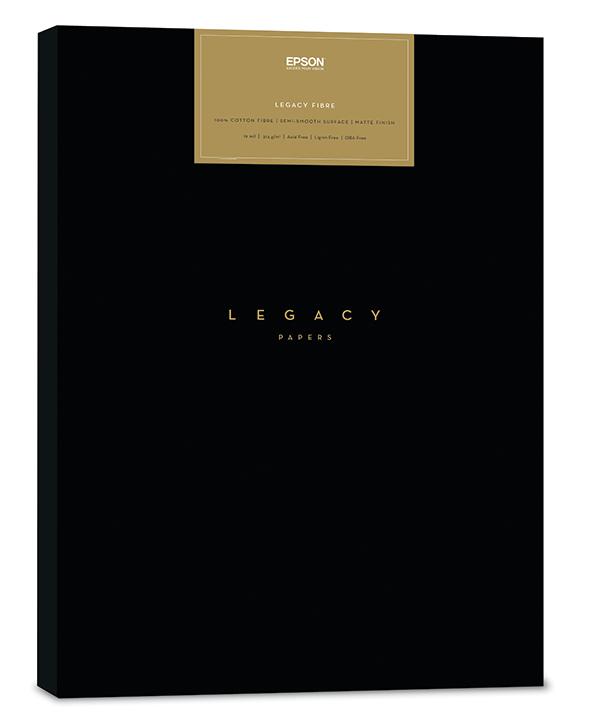
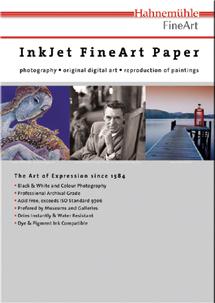
 Ilford has relaunched their Galerie brand of inkjet papers, with one segment dubbed their “Prestige” brand. This is a first hands-on test of their Galerie Prestige Smooth High Gloss 215 gsm, based on pre-launch samples I was supplied.
Ilford has relaunched their Galerie brand of inkjet papers, with one segment dubbed their “Prestige” brand. This is a first hands-on test of their Galerie Prestige Smooth High Gloss 215 gsm, based on pre-launch samples I was supplied.

